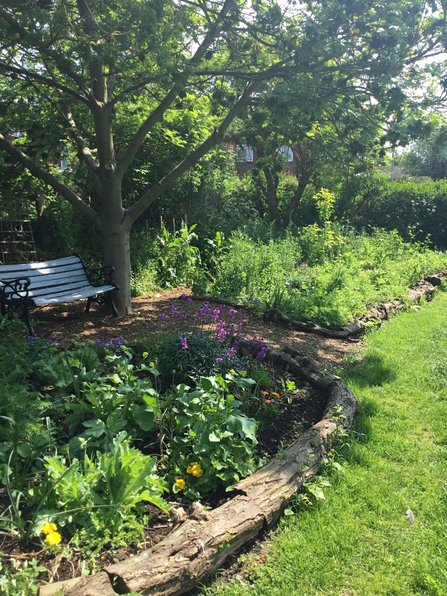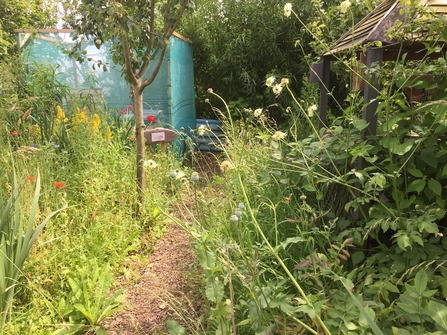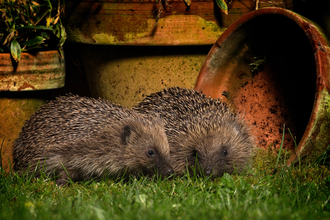Spring is one of my favourite times of the year. The days are growing longer, the sun feels so much warmer, and new life seems to be bursting through everywhere you look. It's the perfect time to get out into the garden.
No matter the size of your outdoor space, it can be a haven for wildlife, providing valuable habitat and connectivity through urban areas for a wide variety of species. There is always something more we can do for nature on our patch, which is why we’d love to see even more people doing more for wildlife this year, and our Wildlife Garden Award 2024 is open, so what are you waiting for?
Last month I transformed a shady corner of my garden into a vibrant and attractive stumpery. Stumperies are brilliant for providing much needed places for wildlife such as frogs, newts, mice, pollinating insects, and other invertebrates to live in your garden.








